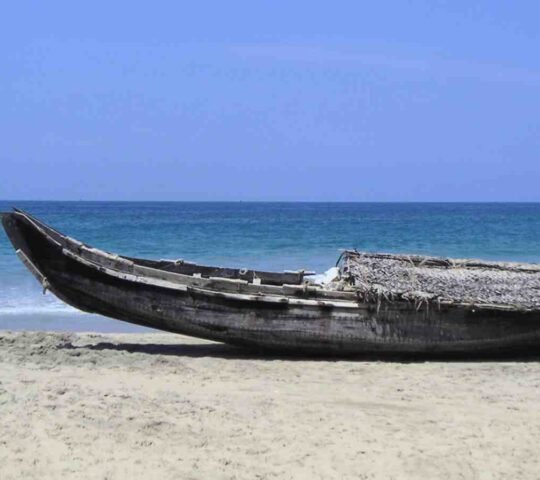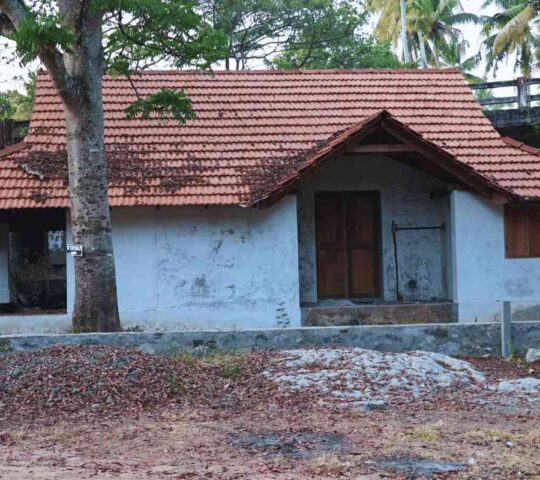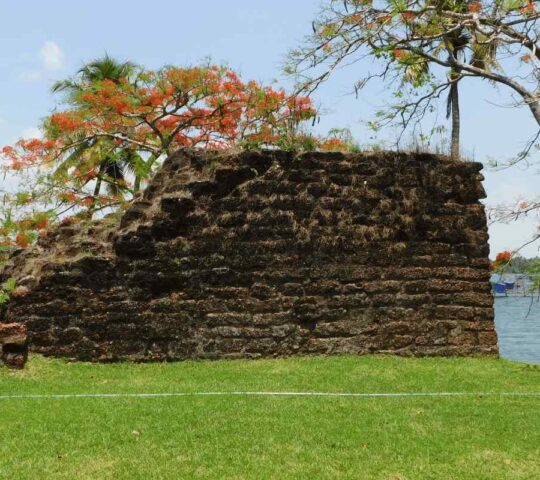Hightlight
-
 Car parking
Car parking
-
 Non smoking
Non smoking
Nestled within the historic Cheraman Juma Masjid complex in Kodungallur, Kerala, the Islamic History Museum offers a unique glimpse into the rich tapestry of Islamic history in the region. As part of the oldest mosque in India, built in 629 AD, this museum is not just a repository of artifacts but a vibrant storyteller of Kerala’s Islamic legacy.
As an integral part of the Muziris Conservation Project, the Islamic Heritage Museum plays a crucial role in preserving and showcasing the rich Islamic history of Kerala. This initiative ensures that the museum, along with other historical sites in the region, continues to educate and inspire future generations about Kerala’s diverse cultural heritage.
Cheraman Juma Masjid Islamic History Museum: A Historical Overview
The Cheraman Juma Masjid is renowned for its deep historical roots, attributed to Malik Ibn Dinar and the legendary Cheraman Perumal, a Chera king who is believed to have embraced Islam after meeting Prophet Muhammad in Arabia. This profound connection laid the foundation for a rich Islamic culture in Kerala, which the museum beautifully encapsulates.
The museum is home to a diverse array of exhibits that chronicle the history of Islam in Kerala. Visitors can explore old documents and crafts that provide insight into the early Islamic practices and traditions in the region. One of the museum’s prized possessions is a 150-year-old iron sword, a symbol of the martial history of Kerala’s Muslim communities.
The museum features engaging audio-visual displays that narrate the story of Islam’s arrival and spread in Kerala. These presentations include visuals of early mosques in Kerala and recount the historical narratives of Muslim rulers and their contributions to the region’s development. This multimedia approach helps bring history to life, making it accessible and interesting for visitors of all ages.
Cheraman Perumal and Islamic Influence
Murals and paintings within the Islamic History Museum depict the fascinating story of Cheraman Perumal’s journey to Arabia, his conversion to Islam, and his influence upon returning to Kerala. These artistic representations serve as a visual documentation of the cultural and religious transformations that took place in the region.
Another significant aspect of the museum is its portrayal of Kodungallur’s role in India’s freedom struggle. The museum provides an in-depth look at how the local Muslim community contributed to the fight for independence, highlighting the interconnectedness of religious and national identities.
Plan Your Visit to the Islamic History Museum
The museum and mosque complex are well-equipped with amenities such as ample parking, food options, and washrooms, ensuring a comfortable visit for all. Located conveniently along the Ernakulam-Guruvayoor NH 17 road, just 2 kilometers south of Kodungallur, the site is easily accessible for both locals and tourists.





